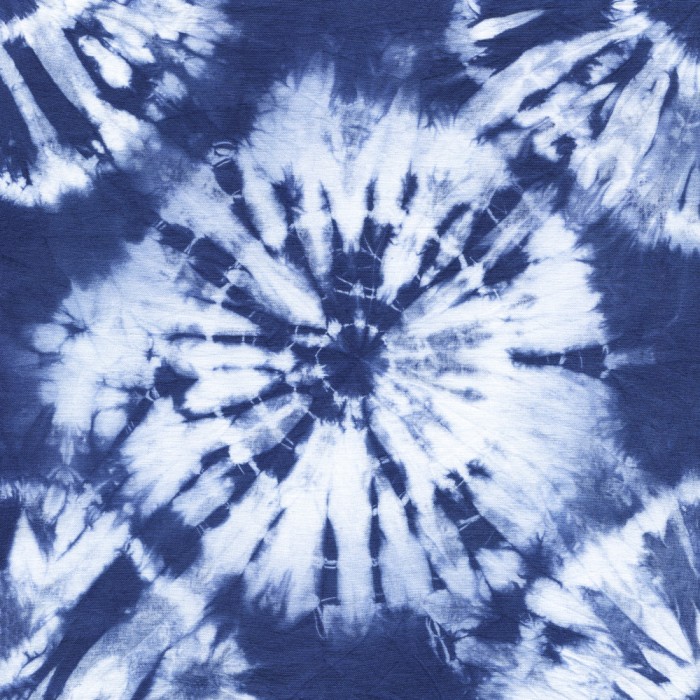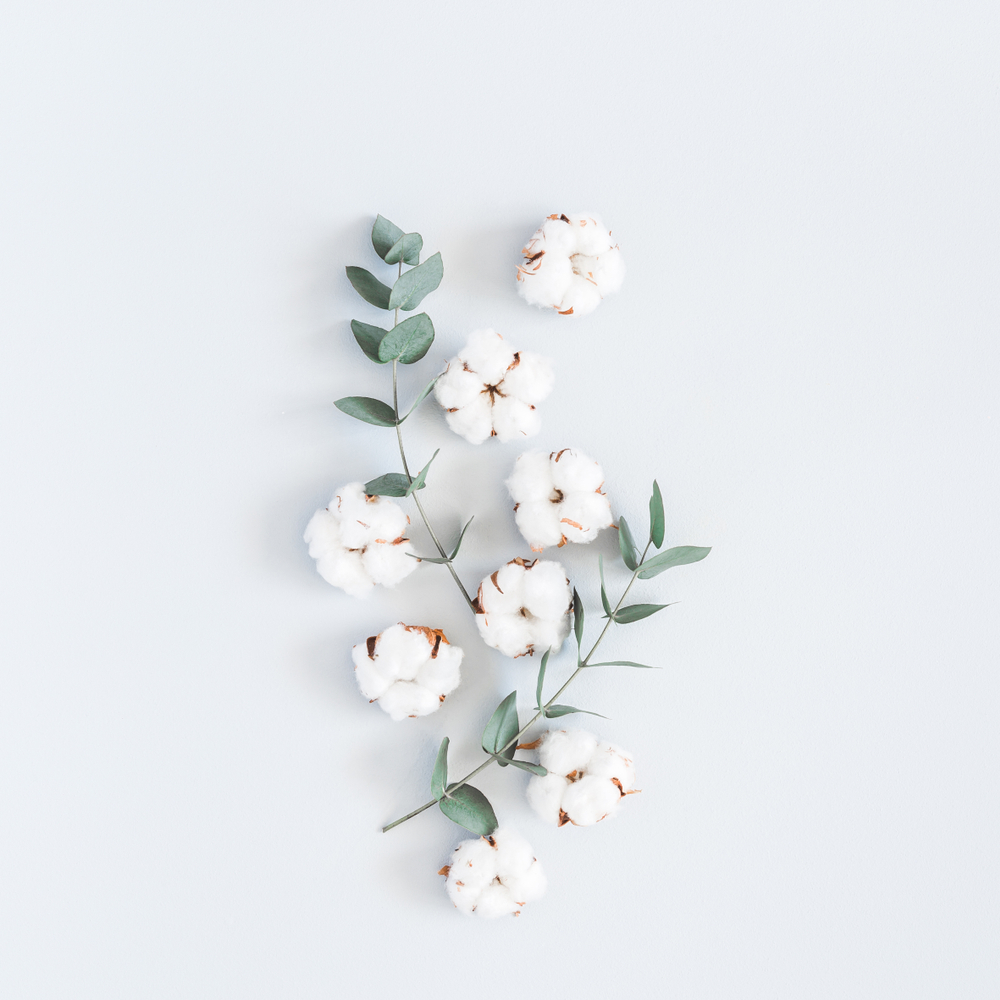Tapping into the Tie-dye game



To create a tie and dye effect you essentially need the cloth to be folded, stitched to achieve the pattern. There can be numerous patterns and all shapes which are trending. The excitement lies in the process and the results can be so intimidating because one does not know how the pattern will turn out.
The tie and dye technique has descended from Japanese and Chinese culture. The technique originated with the T’ang dynasty where natural colours and dyes were used to dye clothes using the resisted technique of typing the cloth at multiple sides and then soaking them into the dye to make the resisted patterns. The colour would be picked by the sites where the cloth was not tied. The area of the cloth where it is tied is demarcated by sharp receding lines and gradually the whole colour spreads. There is considerably no limit to the patterns you can create with this tying technique.
Shibori tie and dye is the Japanese word for squeeze, wring or tie. Traditional methods used a white cloth to improve colour soak. This cloth used to soak the colour is usually silk, raw silk, hemp, khadi cotton or pure cotton. The process of shibori tie-dye is a hit and trial method of colour patterning. You can make or break explicit patterns of colours using single or multiple colour combinations.
Some of the popular colour patterns for tie and dye are:

- Kanoko Shibori: Kanoko shibori involves binding certain sections of cloth to get the desired pattern. The Kanoko shibori tie-dye technique gives repetitive circles of patterns. Although the pattern is a result of how tightly and closely the cloth has been tied. Random sections of cloth are wound to achieve random circles all over the cloth.
- Miura shibori: also called the loop binding technique. A hooked needle is used and various sections of the cloth are plucked. Each section is looped twice. There are no knots but only threads are wound multiple times to create tension. The pattern created by this technique is water-like. As there is no tying of the cloth it can be easily clamped and opened after colour dyeing.
- Kumo Shibori: in the Kumo Shibori technique cloth is tied very finely and evenly. Multiple sections of the cloth are tied in very close sections. The pattern achieved using this technique is a spider web.
- Nui shibori: the Nui shibori tie-dye is made by gathering a cloth with the help of a simple stitch. The thread is pulled to gather the cloth and a wooden stick is used to tighten the stitch. The technique can be used when one has to control the pattern design as per wish.
- Arashi Shibori: a cloth is wrapped around a pole tightly with the help of threads running up and down the pole. The cloth is gathered in the centre and the result is a diagonal pattern. Arashi in Japanese means “storm”. The pattern represents heavy rain or a storm.
- Itajime shibori: the cloth to be dyed is clamped between two wood pieces and held as closely as possible with strings. The wooden pieces prevent the dye colour from spreading over other parts of the fabric.
Materials required to make the perfect shibori tie-dye:

- A tub or a deep container for the dye bath
- Preferably white colour fabric or you can use a light colour fabric as well. Nowadays tie-dye techniques are also been used for dark coloured fabrics with light patterns
- Rubber gloves
- Good quality thread for tying the cloth
- Stainless steel spoon or a clamp for stirring and holding the cloth
- Wooden blocks and wooden rods
- PVC pipes
- Small objects such as pebbles, stones
- Desired dyeing colour, white vinegar for using dye colours for wool or silk.
The technique:
- Lay the fabric flat spread out.
- Fold the fabric into a rectangle equal on both sides
- Pich the fabric for the desired pattern into equal sections and secure using rubber bands
- In staggered sections, repeat this step and keep pinching and binding the fabric
- This pattern should be started from the side corners of the fabric and work towards the centre. The bundled side is now ready to be inserted into the dye bath
- You can use any typing technique such as thread tying, pole wrapping or gathering cloth.
- Wait until the whole colour has been soaked into the cloth
- Now drip dry the cloth for any excess water
- Once the cloth is sun-dried you can start opening the ties to reveal the pattern
- Each design differs from the rest only by the technique of tying the cloth. If you wish to create an Arashi pattern, use a pole and diagonally wrap the fabric. Scrunch the fabric and gather it around the pole so that it becomes compact. If you wish to create an Itajime pattern, fold the fabric and clamp it between two wooden clamps.
Preparing the bath for dying:
The bath utilises hot water for dying. Fill in the bath with the desired colour and hot water. Usually, white vinegar is used if you are dying wool or silk. Immerse the fabric into the bath for 5-20 minutes. Each fabric requires a different time, for example, quick absorbents will require less time. Keep the mix for setting even colour.
The immersion repeats are directly proportional to the saturation of the colour. The dye colour will fade after drying so remember to completely saturate the fabric. The bundles of the fabric should be let to drip the excess water and then sun-dried. Open the threads to reveal the pattern. Rinse the fabric so that any excess colour washes off.
The shibori tie-dye trends
Tie-dye was never a come and go market, rather it has always stayed with us in the fashion world. The basic patterns have always been in for a renaissance and new patterns have been brought into the market. Experimentation is what shibori tie-dye has been conceived as. There are so many patterns that are unveiled with multiple tie-dye techniques.
Shibori tie-dye techniques are now not only used for regular clothing but are also looked upon for occasional wear.
Tie-dye techniques have even made their way to runways in the last few fashion seasons. Prada, Parab Gurung and Stella McCartney are a few fashion designers who have experimented with this trend to make off-stream clothing designs. Sweatpants and hoodies paired with shibori tie-dye are one of the most demanded outfits.
Conclusion:
The shibori tie-dye technique can never run out of fashion. It is one of the oldest techniques coming from Japan and has also been a part of Indian culture. The tie-dye technique has been practised for a long time in India by the name of Bandhej art. Shibori tie-dye can be done on cotton fabric, silk, hemp and much more. There is a wide variety of techniques that can be practised with shibori tie-dye. There has been an upsurge in the usage of the tie-dye technique in making conventional and occasional wear clothes because of its unique patterns.
If you are looking for a complete guide on the patterns and the techniques of shibori tie-dye, then Fashinza can help you. Fashinza is a guide for young and established fashion designers on fashion trends. As a designer, one can explore new and old techniques of designing and utilisation fabric and how one can deliver the most being in the world of fashion.



















